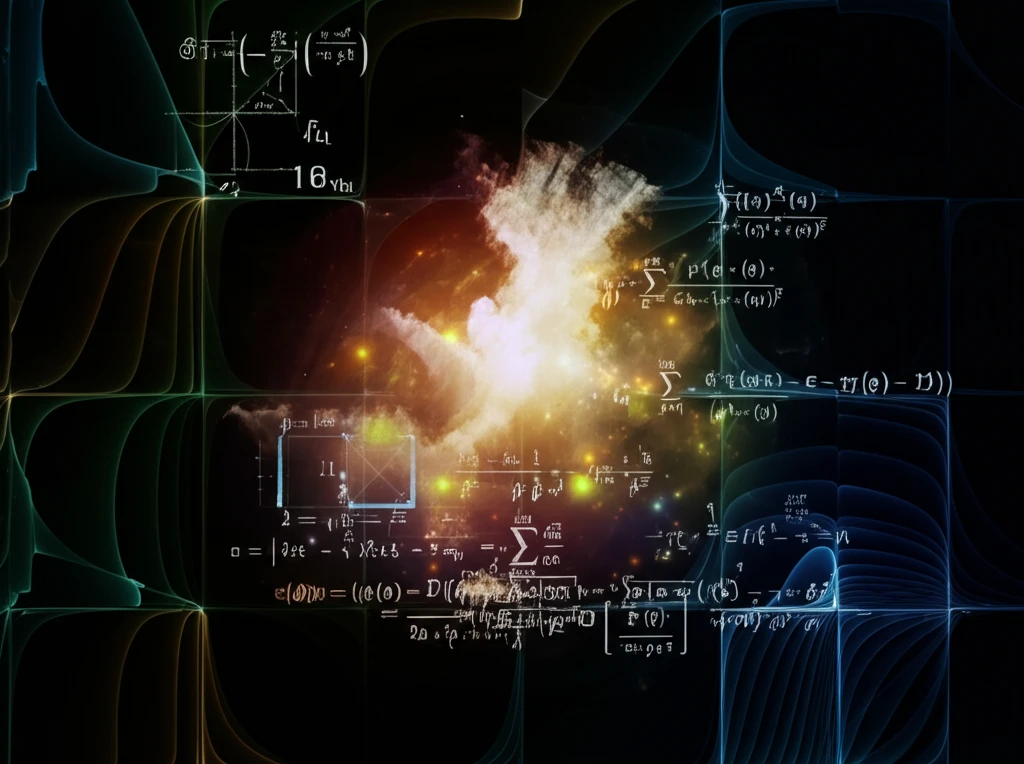
Unlock Your Potential: How Generalized Orlicz Spaces Can Revolutionize Modern Analysis
"Delve into the cutting-edge world of functional analysis where generalized Orlicz spaces are redefining the boundaries of mathematical problem-solving and theoretical applications."
In the vast landscape of mathematical analysis, finding solutions to complex problems often requires innovative approaches. One such approach involves the use of generalized Orlicz spaces—abstract mathematical structures that provide a flexible framework for tackling a wide array of challenges. Imagine trying to optimize the design of a bridge, predict the behavior of fluid dynamics, or even enhance image processing techniques. These seemingly disparate areas share a common thread: they can all benefit from the sophisticated tools offered by generalized Orlicz spaces.
The research article "Capacities in Generalized Orlicz Spaces" delves deep into the fundamental properties of these spaces, exploring their potential to revolutionize how we approach various mathematical and practical problems. These spaces extend the classical Lebesgue and Orlicz spaces, offering enhanced precision and adaptability. This article highlights that by understanding the core concepts and properties of Sobolev and relative capacities within these spaces, researchers and practitioners can unlock new possibilities in fields ranging from partial differential equations to advanced engineering applications.
The article bridges theoretical gaps and provides practical insights by examining how capacities, Hausdorff measures, and quasicontinuous representatives interact within generalized Orlicz spaces. This foundational knowledge enables a more nuanced understanding of complex systems and ultimately leads to more effective solutions.
What Are Generalized Orlicz Spaces and Why Should You Care?

At their core, generalized Orlicz spaces are function spaces that extend the familiar Lebesgue and Orlicz spaces by providing a more refined way to measure the "size" of functions. This refinement is achieved through the use of what are known as Φ-functions, which dictate how the space measures the magnitude of its elements. Unlike traditional spaces that rely on fixed exponents (like in L^p spaces), Orlicz spaces allow for variable growth conditions, making them exceptionally versatile.
- Enhanced Flexibility: Generalized Orlicz spaces adapt to different growth behaviors within a single problem.
- Improved Accuracy: By using tailored Φ-functions, these spaces provide more accurate representations of functions, leading to better results.
- Broad Applicability: They are applicable in numerous fields, including partial differential equations, calculus of variations, and image processing.
The Future is Abstract (But Incredibly Useful)
While generalized Orlicz spaces may seem like an esoteric area of mathematics, their potential to solve real-world problems is vast. As researchers continue to explore their properties and applications, we can expect to see even more innovative uses emerge. Whether you’re a mathematician, engineer, or data scientist, understanding these spaces could provide you with the tools you need to tackle the most complex challenges of tomorrow. Stay curious, keep exploring, and unlock your potential with the power of abstract mathematics.
